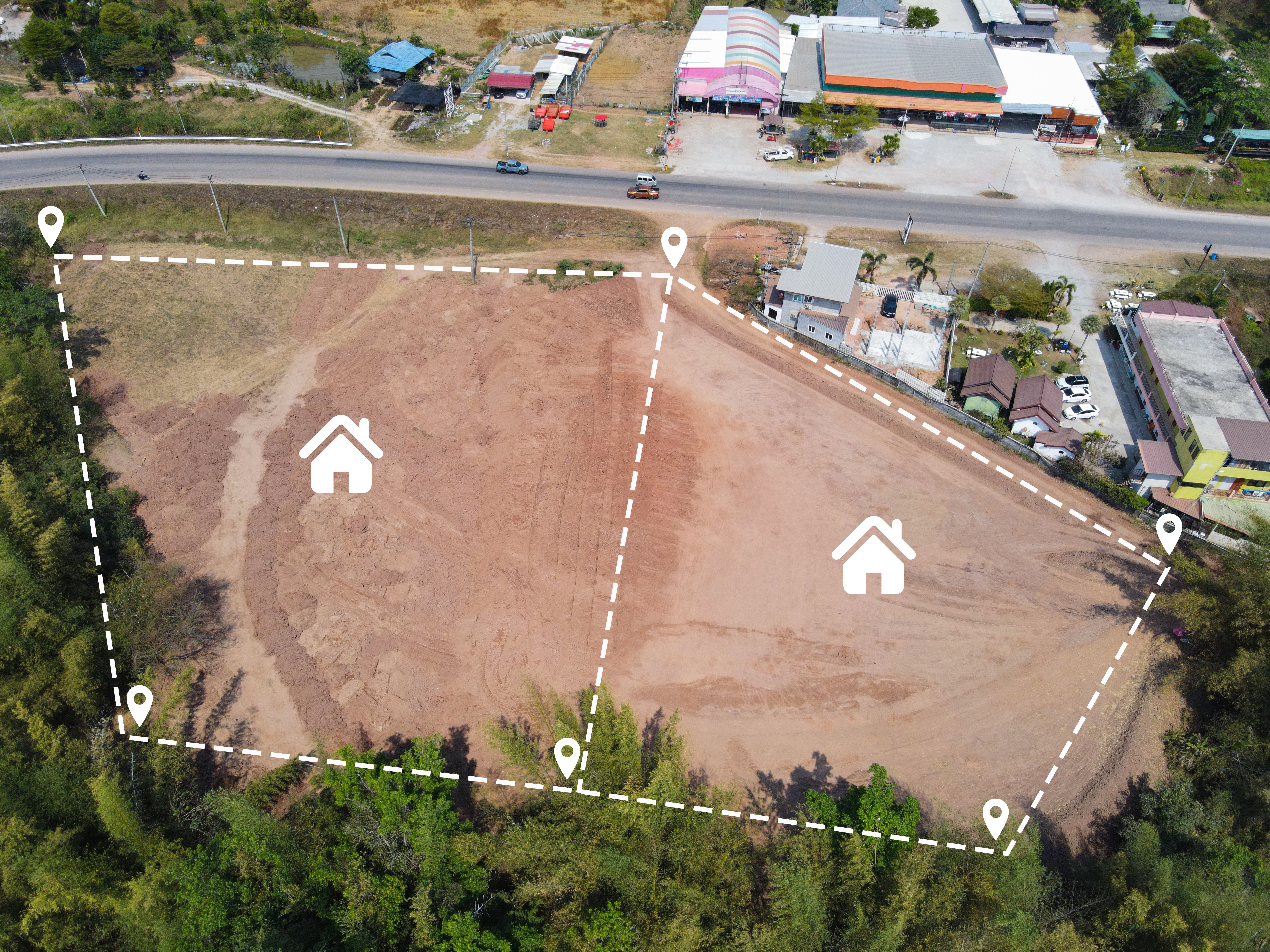Real estate development often involves a complex interplay of capital, timing, and risk. For home builders aiming to maintain flexibility in a changing market, land banking has become one approach worth considering.
By separating land acquisition from vertical construction, this model can allow builders to plan more deliberately while potentially easing financial pressure. Understanding how land banking works can offer insight into the strategies shaping residential development today.
Contents
What is Land Banking?
Why Land Banking?
Key Benefits for Home Builders
Typical Land Banking Process
Notable Land Bankers
What is Land Banking?
Land banking is the practice of acquiring and holding land for future development. Rather than building immediately, a land banker—typically a financial institution or private fund—purchases and prepares the land for future construction. This often includes horizontal development like roads, utilities, and grading, making the site shovel-ready when the builder is ready to move forward.
This approach is especially useful in high-growth markets or areas with limited land availability.
Why Land Banking?
Land banking addresses three critical challenges for home builders:
- Capital Efficiency: Builders avoid tying up capital in land purchases, preserving funds for other operational needs.
- Risk Management: Separating land ownership from construction allows builders to time projects with market demand.
- Strategic Flexibility: Builders gain access to future lots without assuming full ownership risk upfront.
Rather than shouldering land costs on their balance sheets, builders pay a deposit—usually around 15%—and secure the right to purchase lots over time. This model supports just-in-time inventory planning and mitigates exposure during uncertain market conditions.
Key Benefits for Home Builders
Land banking is particularly effective in the single-family construction space. Here’s how it typically works:
- A land banker purchases and develops the land into finished lots.
- The builder signs a lot takedown agreement, often with a fixed schedule.
- The builder pays a non-refundable deposit and potentially a reservation fee.
- The builder maintains the option to build when market conditions align.
This structure allows builders to:
- Lock in today’s land prices.
- Keep land assets off the balance sheet.
- Control the timing of housing starts to meet buyer demand.
Typical Land Banking Process
Here's a typical land banking workflow:
- Site Selection: The builder identifies and vets land opportunities.
- Due Diligence: The builder secures entitlements, engineering, permits, and environmental clearances.
- Acquisition: The land banker acquires the entitled land; the builder places a deposit and agrees to a delivery schedule.
- Development: The land banker finances horizontal development (utilities, roads, etc.).
- Lot Delivery: Finished lots are delivered to the builder, who begins home construction per the schedule.
Note: Land bankers finance land and lot development—but do not finance or build homes.
Notable Land Bankers
Millrose
A publicly traded REIT specializing in residential land banking, Millrose delivers homesites through purchase-option agreements, allowing builders to defer capital outlays and development risk.
Forestar
Majority-owned by D.R. Horton, Forestar acquires and develops land into finished lots. It helps builders stay ahead of demand with a secure pipeline of buildable land.
Walton Global
Walton acquires land in high-growth regions, partners with builders via pay-as-you-build models, and offers investment opportunities tied to land appreciation. It operates in over 30 North American markets.
Arroyo Capital
Public and private home builders can secure future lots at agreed-upon prices, while Arroyo earns returns via fees and margins on land sales. Their model delivers capital efficiency and risk mitigation.
Final Thoughts
Land banking isn’t a one-size-fits-all solution, but for builders looking to preserve capital, mitigate risk, and maintain flexibility, it offers powerful advantages. In a market where timing is everything, this model empowers developers to plan more strategically and respond to demand with greater precision.
